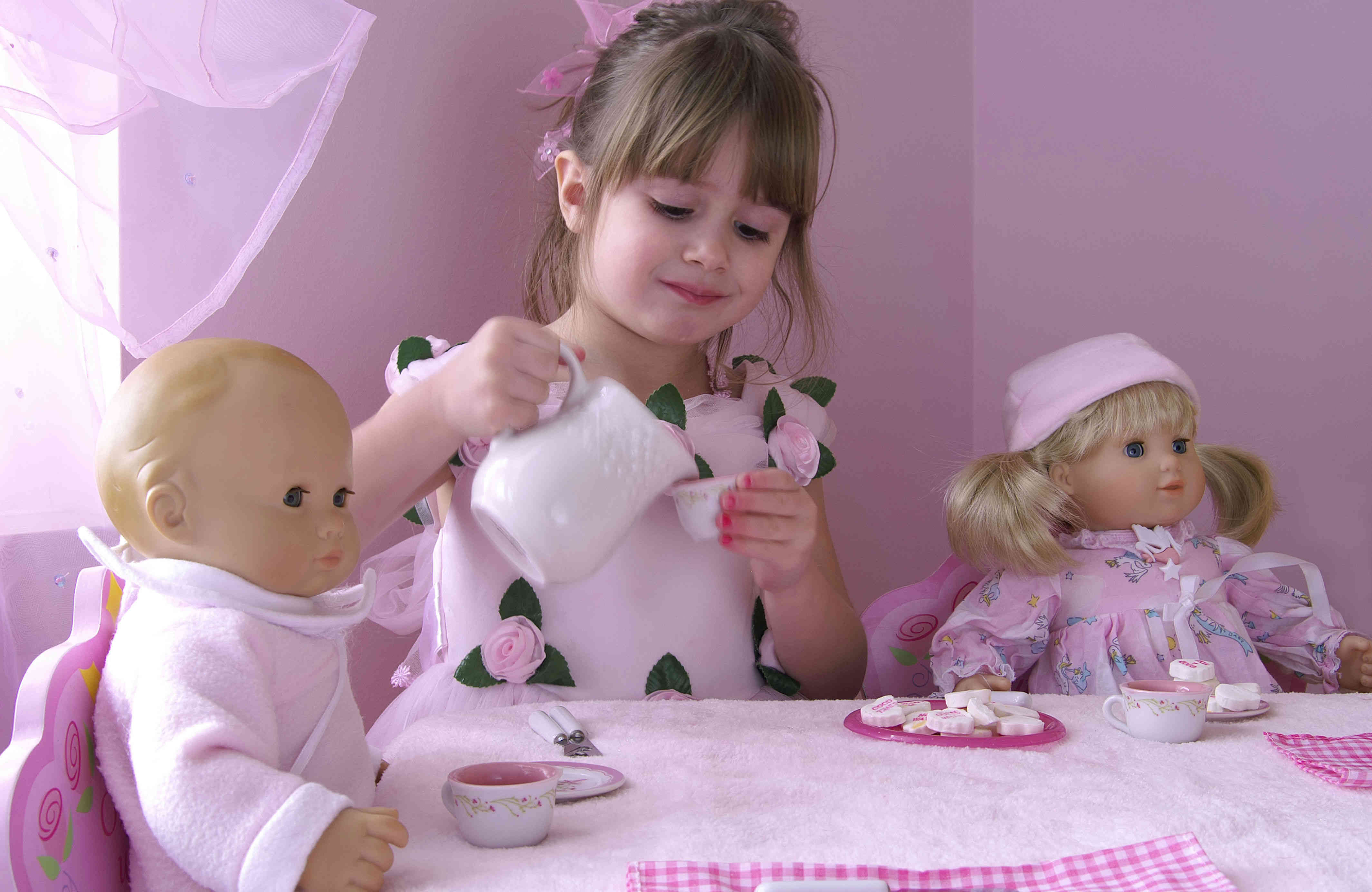My Doll Best Friend

Let us begin with a bit of history about dolls and how they started.
A long time ago, in some cultures around the world specifically starting in Egypt, Greece, and Rome, dolls were considered to have magical powers and were used for educational purposes. They were given to children as it was thought that because of these magical powers, children can learn faster and become more aware of their cultural heritage.
The earliest dolls were made out of clay, stone, wood, leather, or wax as these were the most commonly available materials, but now-a-days, dolls are typically made out of porcelain, plastic, cloth, and sometimes includes wood and other materials.
New studies have shown that doll play activities for both boys and girls have a huge impact of brain development and cause a positive influence on children that allows them to develop sympathy, theory of mind, and social skills even when playing by themselves since it encourages children to talk more about how others feel and reflect about what others might be thinking since they tend to hold conversations with the dolls and set up role play and create stories.
As stated by Dr. Sarah Gerson a neuroscientist at Cardiff University, “When children create imaginary worlds and role play with dolls, they communicate at first out loud and then internalize the message about others’ thoughts, emotions, and feelings. This can have positive long-lasting effects on children, such as driving higher rates of social and emotional processing and building social skills like empathy that can become internalized to build and form lifelong habits.”
Aside from the positive development of social skills in children, playing with dolls also have several educational purposes, they are as follows:
- Improve and expand vocabulary: Since dolls come in all shapes, colors, sizes, and forms – children would begin to learn different words that relate to each of their dolls. This would help them identify a wide range of colors, different shapes and forms, and even understand the relevance of size.
- Develop stories: When children play with dolls, they tend to create an alternate reality for them. This creation would help children understand and comprehend sequences and setting. Guide children during playtime by asking about the stories; where are they? When is it? Who is there with the doll? What is the doll doing now? Is it lunchtime, playtime, study time…
Dolls are important in a child’s social and educational development. All dolls from miniature ones to big ones hold a key role in this progress. Help your child grow and become more socially aware of the world by providing them with different types of dolls and guiding them through playtime.
Find all you need with a wide selection of dolls on ToysRus.






